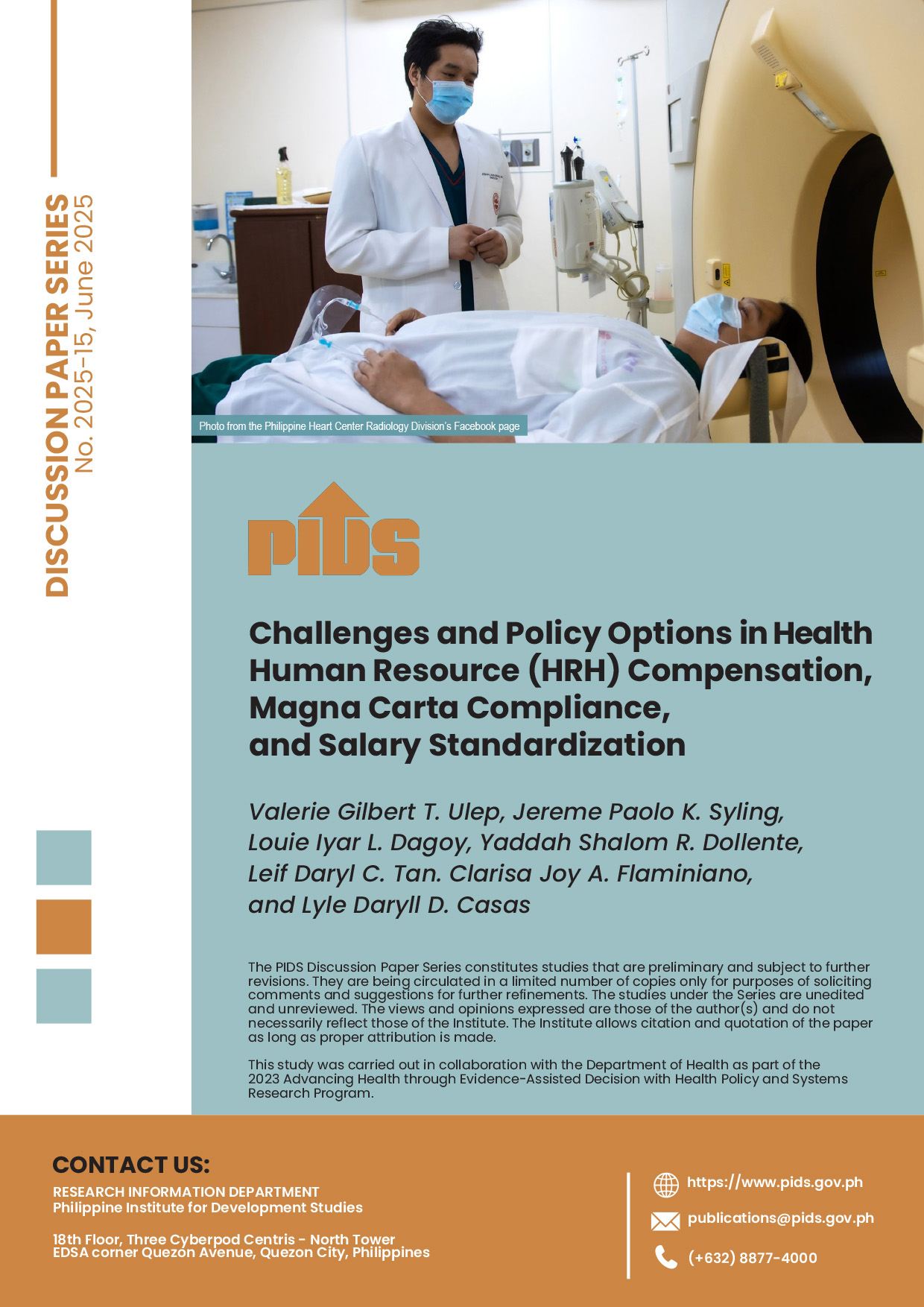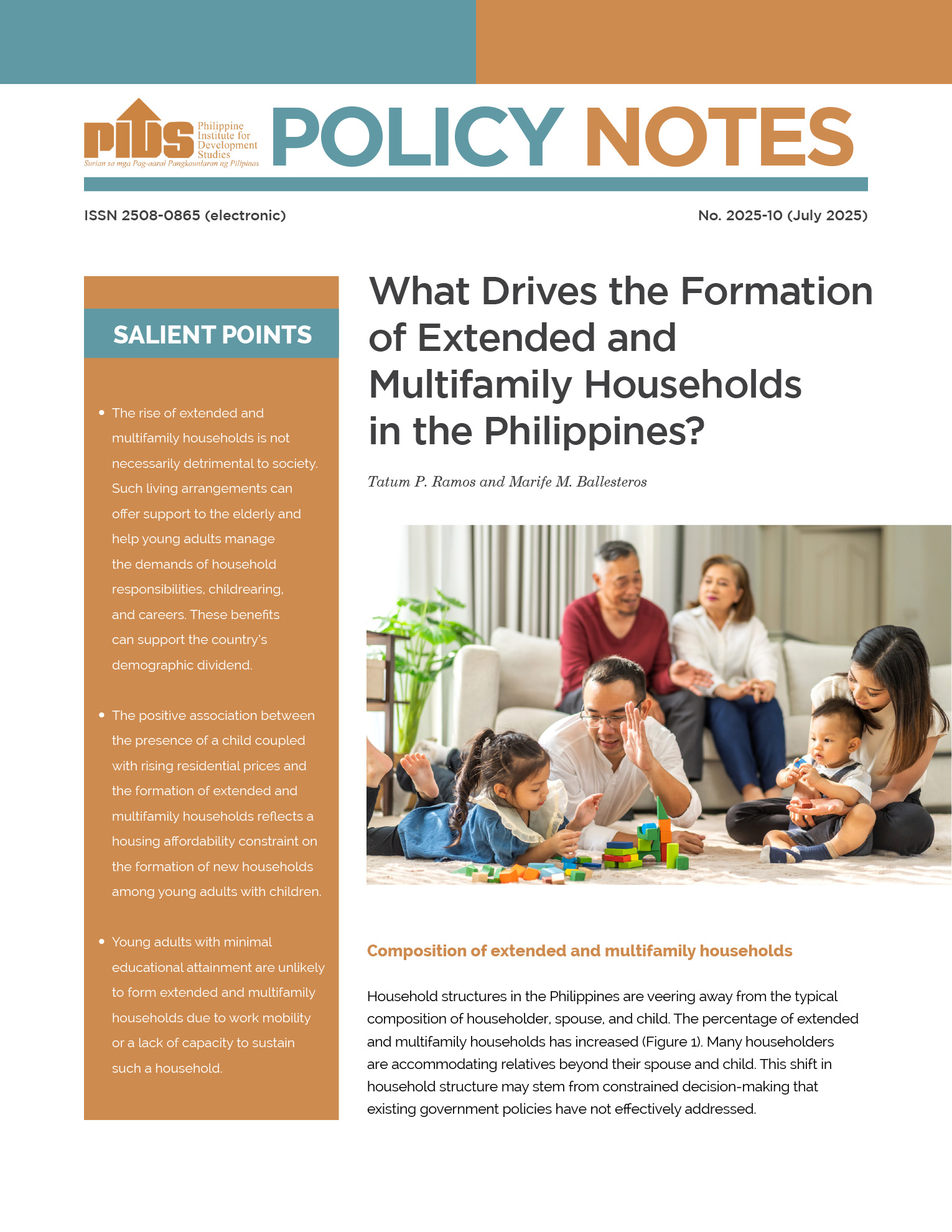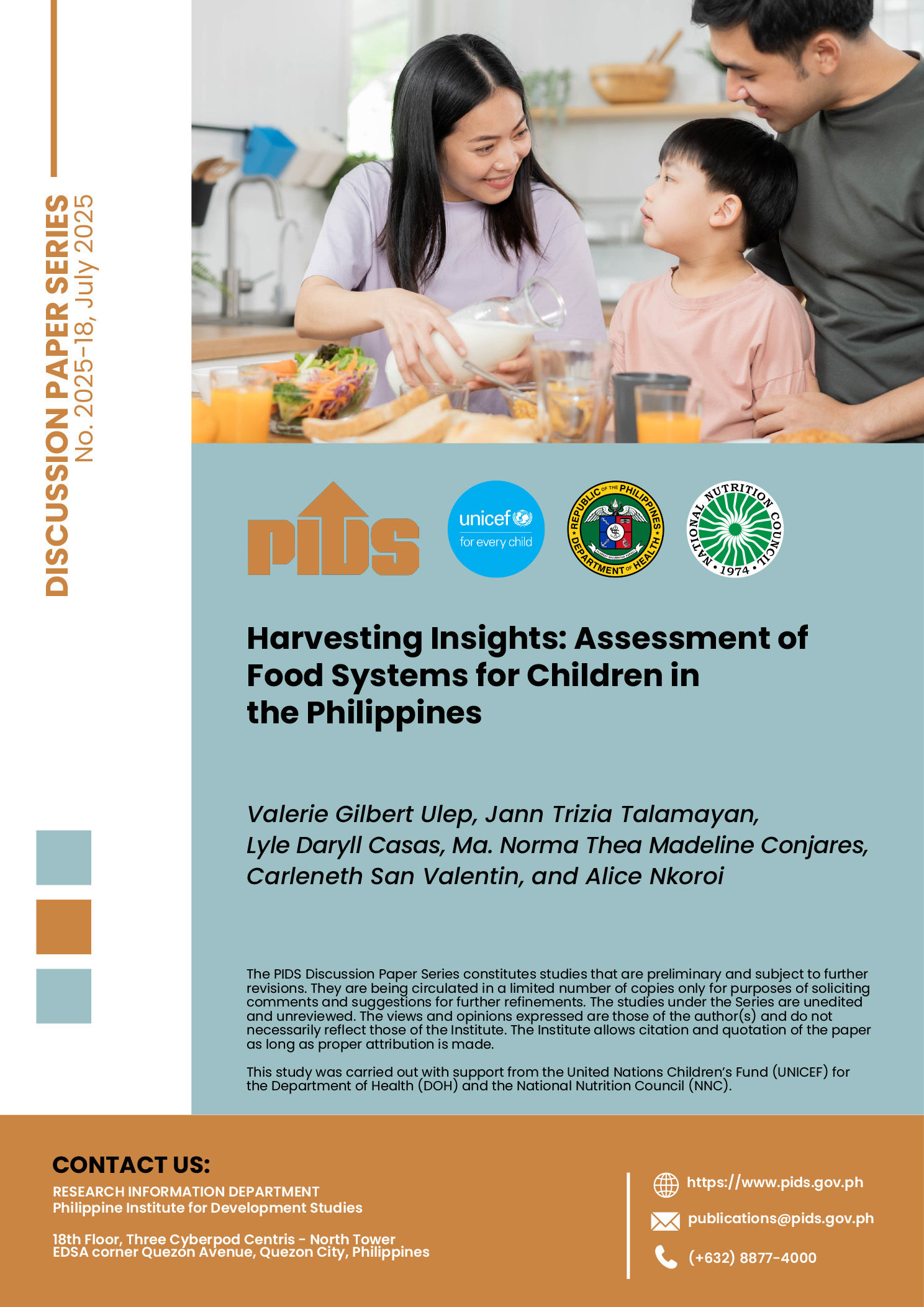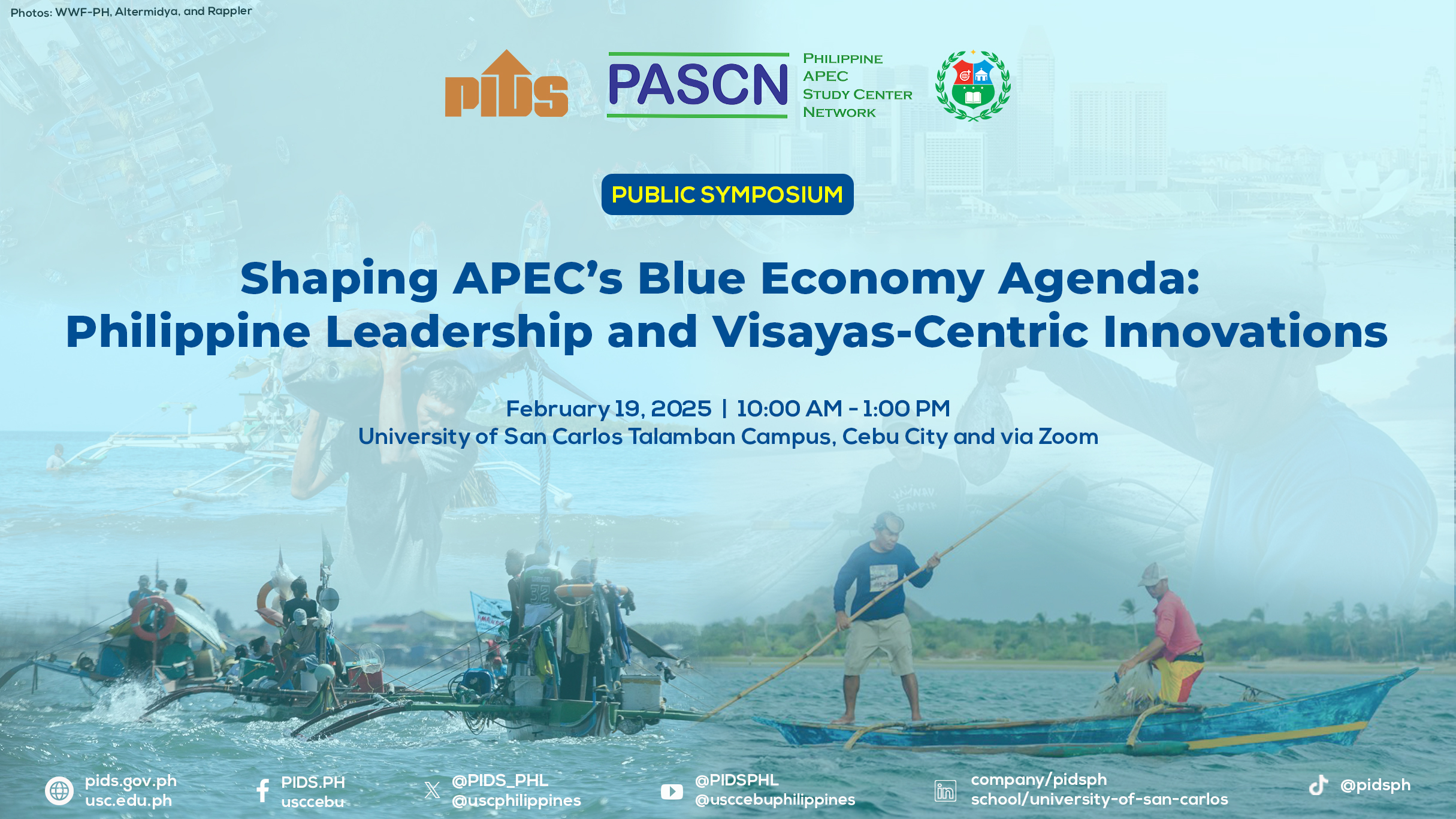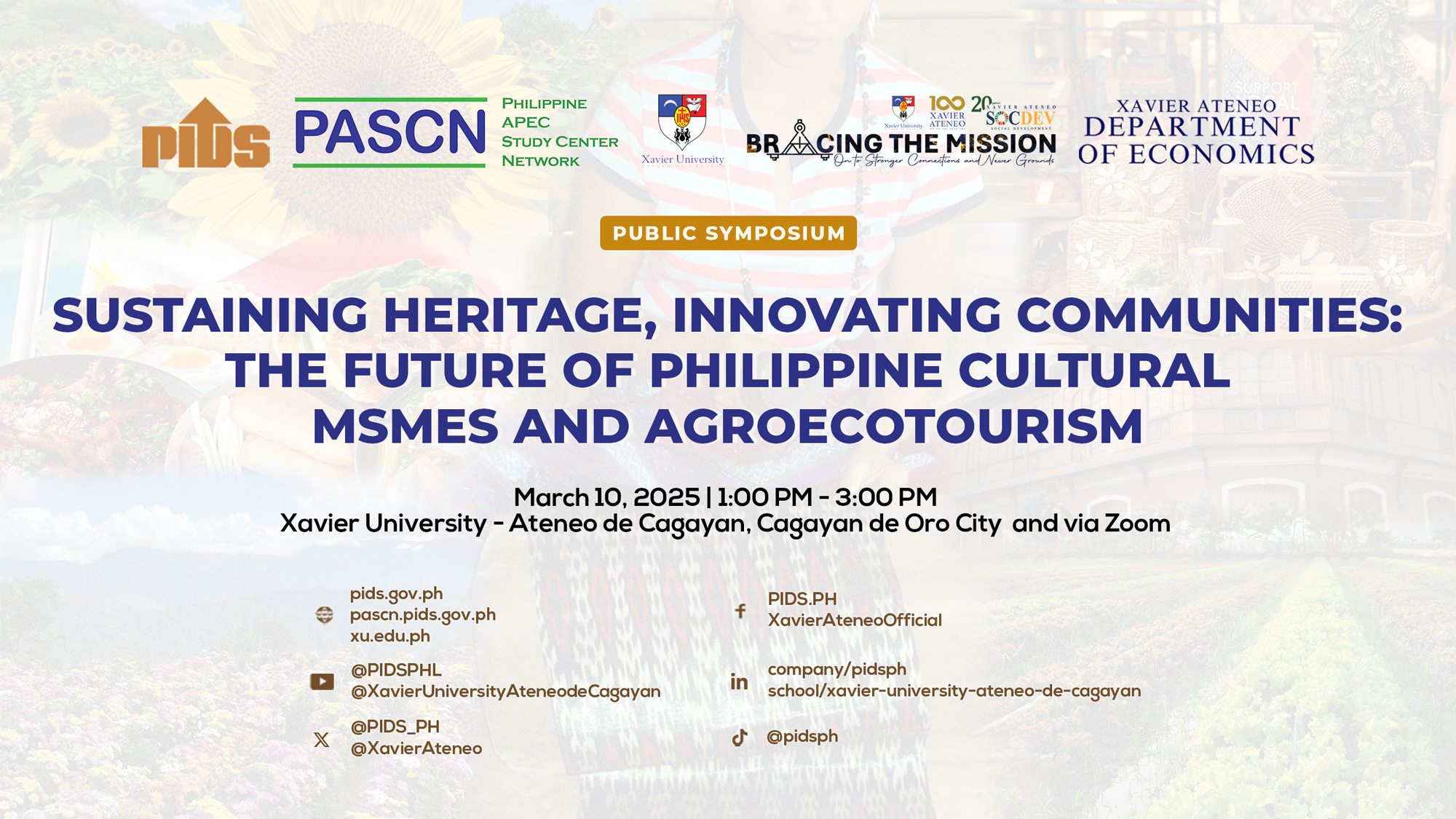Fertilizer policy in the country has evolved from pervasive interventionism in the 1970s to today`s market-oriented regime. Government has abandoned price policies and subsidies, focusing rather on standard setting, quality regulation, and training. Over the same period domestic demand for fertilizer has continually been increasing, though recently resurgent fertilizer prices have reduced total utilization. Evidence suggests that farmers are under-applying fertilizer, thereby forfeiting efficiency gains at the margin. On the supply side, imports have in the past few decades emerged, as the main source of fertilizer as domestic production has dwindled. With deregulation, numerous private sector players have taken over the distribution of fertilizers; analysis of the supply chain points to low marketing margins. Integration analysis fails to find systematic arbitrage opportunities between the domestic and world markets. Within the domestic market, however, there remain large disparities in prices across regions. Priorities for research and policy are therefore understanding the behavior of farmers in terms of fertilizer application and addressing internal price disparities, perhaps by improved transport infrastructure and logistics.
Citations
This publication has been cited 4 times
- Briones, Roehlano M. and Beulah Dela Pena. 2015. Competition reform in the Philippine rice sector. Discussion Papers DP 2015-04. Philippine Institute for Development Studies.
- Galang, Ivory Myka. 2014. A spatial integration analysis of the regional fertilizer markets in the Philippines. Discussion Papers DP 2014-36. Philippine Institute for Development Studies.
- Hayashi, Keiichi et. al. 2021. Evaluating the predictive accuracy of the Weather-Rice-Nutrient Integrated Decision Support System (WERISE) to improve rainfed rice productivity in Southeast Asia. Agriculture, 11, No. 4, 1-13. MDPI.
- BusinessMirror. 2019. Average price of 4 fertilizer grades higher in April–PSA. BusinessMirror.


